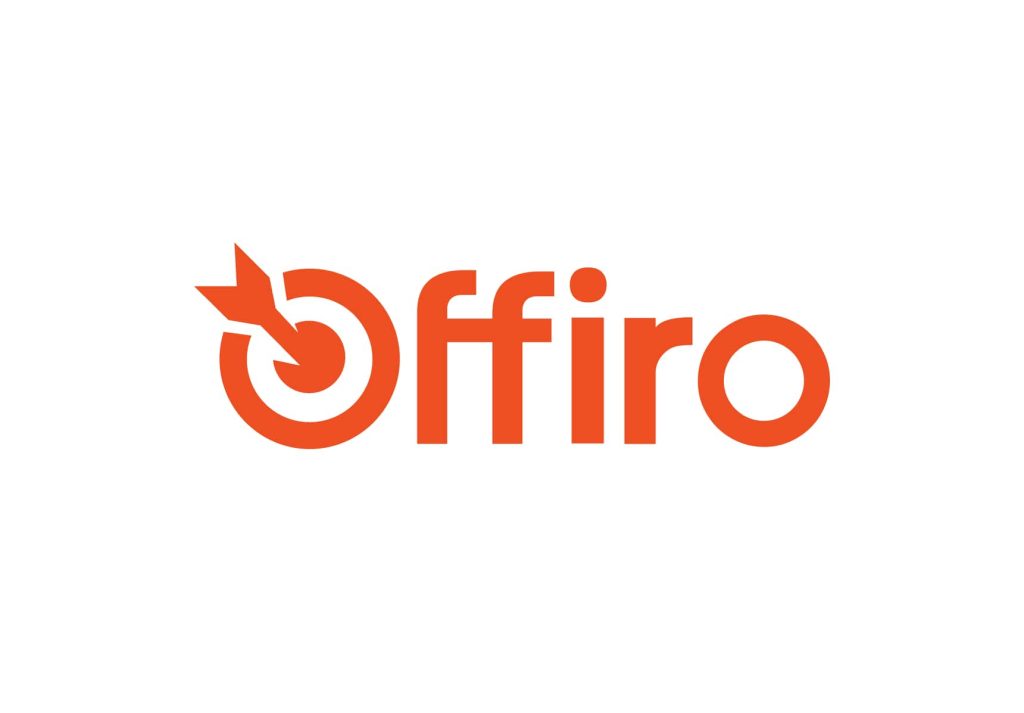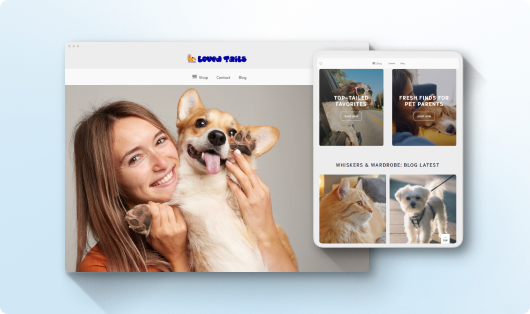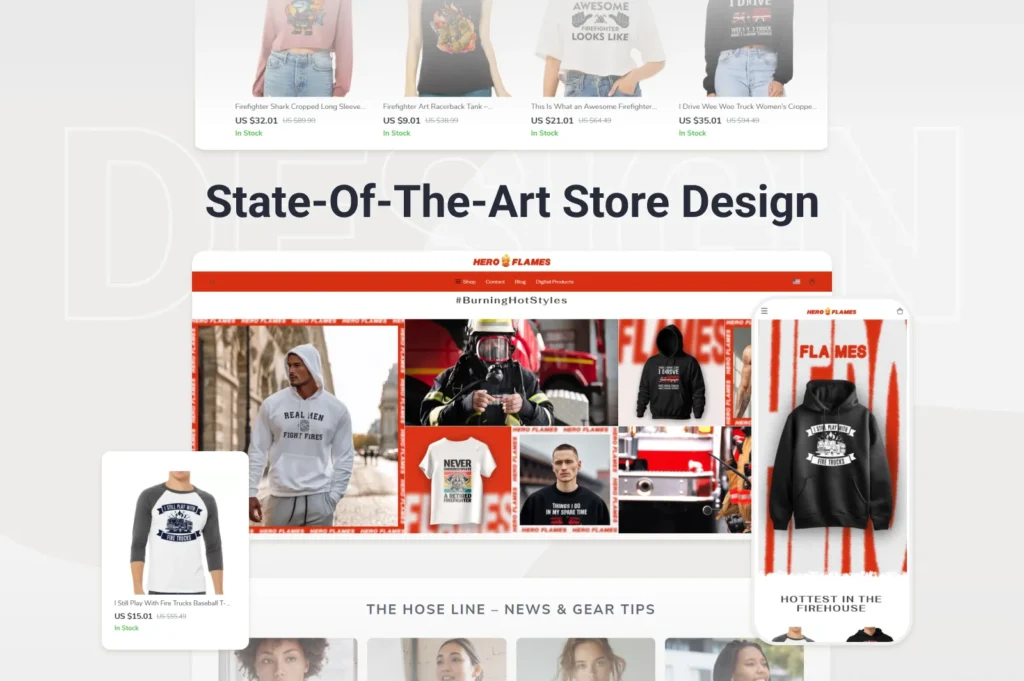When you run a business, it’s not enough to track just your profit.
To really understand how much money you have and how much you can spend, you also need to keep an eye on your cash flow. It’s what determines whether you can pay your bills today, not just whether your business looks successful on paper.
Imagine this: your business suddenly gets a wave of new orders. Exciting, right? You buy materials, pay for ads, and maybe even promise bonuses to your team. But then, before payments from clients arrive, you realize your balance has hit zero.
Even though your business is technically profitable, you can’t pay wages, suppliers, or shipping costs right now. This situation is called a cash gap — when expenses happen faster than income.
To avoid this kind of problem, every entrepreneur — whether they sell furniture or run an online store — needs to understand and control their cash flow.
In this article, we’ll break it down step by step and show that cash flow isn’t as complicated as it sounds.
What Is Cash Flow and Why It’s Important

Cash flow is exactly what it sounds like — it’s how money flows in and out of your business.
To calculate it, you simply take all the cash you’ve received over a certain period ( for example, a month) and subtract all the expenses you’ve already paid. The result shows whether your balance is growing or shrinking.
Most business owners track cash flow naturally — they know when sales are good or when bills are due. But it’s surprisingly easy to lose track of small, everyday spending and suddenly find your account running dangerously low.
Worse yet, some of your money might be stuck: waiting to be paid by customers, or tied up in unfinished production. On paper, you might look profitable, but in reality, you can’t pay wages or buy materials with money you don’t actually have in your account.
That’s where cash flow management comes in. By monitoring it regularly, you can notice when your balance starts to dip and take action before it’s too late — cutting unnecessary costs, postponing big purchases, or setting aside a reserve fund.
Why Cash Flow Is Different from Profit

At first glance, profit and cash flow may seem like the same thing, but they measure very different aspects of your business.
Profit is the difference between your income and your expenses. It shows how effectively your business operates — how much value it creates over time.
However, profit is usually calculated using the accrual method, which means it’s based on when work is completed or goods are delivered, not when money actually changes hands.
To record profit, you often need an acceptance certificate, invoice, or other document confirming that the order is finished — not a bank transfer.
Let’s say your company completes an order worth $6,000. The client pays $2,000 in advance and agrees to pay the rest after the work is finished.
- When you receive the advance, you have positive cash flow (+$2,000), but there’s no profit yet — the order isn’t finished
- You then spend $2,000 on materials and wages. Your cash flow returns to zero and you still have no profit
- When the order is complete and accepted, you can officially record profit, but if the client delays payment, your cash flow stays at zero until the money arrives
That’s the key difference.
+ Profit shows how much your business will receive when goods are delivered or services are completed.
+ Cash flow shows how much money your business has right now.
If you ignore cash flow and look only at profit, it’s easy to think you have more money than you actually do and end up spending funds you’ll need later for wages, taxes, or supplies.
Types of Cash Flow

Not all cash flow is the same.
To understand where your money comes from and where it goes it helps to split it into three main categories:
1. Operating Cash Flow (OCF)
This is the heart of your business — the day-to-day flow of money related to your main activities.
It includes:
- Payments you receive from customers for your products or services
- Payments you make to suppliers, employees, and contractors
- Everyday operational expenses like rent, advertising, or delivery
Example:
Your online store receives $5,000 from sales and spends $4,400 on stock and ads — your operating cash flow is +$600.
Operating cash flow is the best indicator of whether your business can support itself without relying on loans or outside investments.
2. Investing Cash Flow (ICF)
This shows money spent or earned through buying or selling long-term assets — like equipment, software, or property.
Example:
- You buy new tools or software → that’s an outflow
- You sell old equipment → that’s an inflow
3. Financing Cash Flow (FCF)
This type reflects transactions with investors or lenders — like taking out a loan, repaying it, or paying dividends.
Example:
- Receiving a loan → positive flow
- Paying it back → negative flow
While all three types matter for understanding the full financial picture, most small business owners — especially eCommerce entrepreneurs — should pay close attention to operating cash flow.
That’s the one that keeps your business running, your team paid, and your shelves stocked.
How Cash Flow Works with Offiro
With Offiro, you can buy a ready-made online store and split the cost into several monthly installments.
This setup affects your cash flow — you need to reserve a portion of your income for the regular payments.
However, your store starts generating profit from day one. Each sale brings in real money — a steady inflow that helps cover your monthly installment ( the outflow) and still leaves you positive overall.
In other words, your store begins to pay for itself, creating a healthy cash cycle that supports your growth without putting extra strain on your balance.
How to Track Cash Flow

Tracking your cash flow might sound like a job for accountants, but in reality, every business owner can ( and should) do it even with a simple spreadsheet.
At its core, tracking cash flow means keeping an eye on three things:
- What comes in — sales, refunds from suppliers, or any other income
- What goes out — purchases, salaries, subscriptions, and other expenses
- Your cash balance — the amount of money you currently have available
Once you list all your inflows and outflows, you can calculate your net cash flow for any period ( for example, weekly or monthly):
Net Cash Flow = Total Inflows – Total Outflows
If the result is positive — great, your business is generating more money than it spends.
If it’s negative — time to analyze where the money is going and make adjustments.
Example
Let’s say your online store earns $5,000 this month from sales.
You spend $3,500 on product restocking, advertising, and platform fees.
Your net cash flow is:
$5,000 – $3,500 = +$1,500
That means you have $1,500 of free cash available — you can reinvest it, save it, or set it aside for next month’s expenses.
Simple Ways to Keep Cash Flow Under Control
You don’t need complex software or a full-time accountant to stay on top of things. Here’s what helps:
Use a cash flow tracker or a simple spreadsheet — list all expected inflows and outflows by week or month.
- Set aside reserves — keep at least one month’s worth of key expenses as a safety cushion
- Forecast ahead — if you expect a slow month, plan expenses accordingly
- Separate business and personal finances — it helps you see the real picture clearly
- Review your numbers regularly — even 15 minutes a week is enough to stay in control
The good thing is you don’t need a finance degree to manage cash flow — it’s all about knowing where your money goes and making sure your business can keep moving forward without unexpected pauses.
Keeping Cash Flow Healthy with Offiro

Cash flow might not be the most exciting part of running a business — but it’s one of the most important.
It’s what keeps your lights on, your team paid, and your plans moving forward. Even if your store is profitable on paper, poor cash flow can quickly turn success into stress.
The good news is that it’s easy to stay in control once you understand how money moves through your business. By tracking your inflows and outflows regularly, setting aside small reserves, and planning for seasonal changes, you’ll always know where you stand.
And if you’re running or planning to start an online store, Offiro makes things even easier.
You can start with a ready-made store that begins generating sales from day one, monitor its performance, and grow your business step by step — without losing track of your finances.
Ready to take the first step? Contact our experts today to find the perfect store for you and start 2025 with a business that’s ready to grow.

















